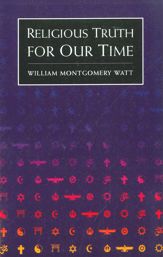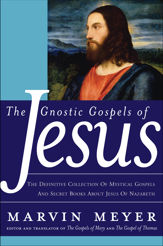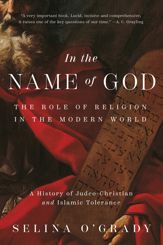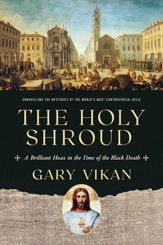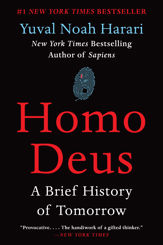“Yet again, Daniel Unterbrink is stepping where others fear to tread. Clearly, lucidly, with a forensic attention to detail, he has amassed a wholly plausible narrative linking Judas to the Christ of our mythologies of the Christ of Paul’s fantasies. If you want to stick with your belief system, you are welcome, but you have to understand that it has no historical basis. If you want to understand the truth behind the history, this is the place to start.”
Description
An investigation into the historical Jesus and the veracity of the Gospels
• Reveals the biblical Jesus as a composite figure, a blend of the political revolutionary Judas the Galilean and Paul’s divine-human Christ figure
• Matches the events depicted in the New Testament with historically verifiable events in Josephus’ history, pushing Jesus’ life back more than a decade
• Demonstrates how each New Testament Gospel is dependent upon Paul’s mythologized Christ theology, designed to promote Paul’s Christianity and serve the interests of the fledgling Gentile Christian communities
Scholars have spent years questioning aspects of the historical Jesus. How can we know what Jesus said and did when Jesus himself wrote nothing? Can we trust the Gospels, written by unknown authors 40 to 70 years after Jesus’ death? And why do other sources from the time not speak of this messianic figure known as Christ?
Drawing on the histories of Josephus, Tacitus, Suetonius, and Pliny as well as the Dead Sea Scrolls, Daniel Unterbrink contends that the “Jesus” of the Bible was actually a composite figure, a clever blend of the Jewish freedom-fighter Judas the Galilean and Paul’s divine-human Christ figure created in the middle of the first century CE. Revealing why Paul was known as a liar, enemy, and traitor in other Jewish literature, he shows that the New Testament Gospels are not transcripts of actual history but creative works of historical fiction designed to promote Paul’s Christianity and serve the interests of the fledgling Gentile Christian communities. He demonstrates how each Gospel is written in light of the success of Paul’s religion and dependent upon his later perspective.
Matching the events depicted in the New Testament with the historically verifiable events in Josephus’ history, Unterbrink pushes the dating of Jesus’ life back nearly a generation to a revolutionary time in ancient Judea. He shows that the real historical Jesus--the physical man behind the fictional stories in Paul’s Gospels--was Judas the Galilean: a messianic pretender and Torah-observant revolutionary bent on overthrowing the Roman government and galvanizing the Jewish people behind his vision of the coming Kingdom of God. In the greatest cover-up of history, this teacher of first-century Israel was replaced by the literary creation known as Jesus of Nazareth.
Reviews
“This carefully documented tour-de-force demonstrates that many stories and teachings attributed to the ‘Gospel Jesus’ are derived from very similar biographical details from the life of the historical Galilean messiah, Judas of Galilee, a famous first-century Jewish rabbi and freedom fighter, probably executed by Roman authorities on charges of sedition.”
“Combining some of my ideas--such as Paul as Herodian and Josephus’ “Sadduk” as John the Baptist--with his own theory, Dan Unterbrink suggests a new and much earlier timeframe for Christian origins, claiming that the historical Jesus was actually Judas the Galilean, a rebel leader who came on the scene in 4 BC with the beginning of the Zealot movement.
“As he sees it, Christian scholarship as a whole has been searching for characters such as Jesus and Paul in the wrong places. Not only does he claim that Jesus was a literary stand-in for Judas the Galilean, but that Paul may have been an active participant in the composition of the Gospel of Mark.
“Detailing the similarities between the gospel Jesus and Paul’s own life and teachings, Unterbrink claims the former to have been simply a clever blend of Judas the Galilean and Paul. In so doing, he gives his readers much to consider while at the same time challenging what they have always taken to be ‘the Gospel Truth’ and their traditional views.”
“Judas of Nazareth is an engrossing read for any Jesus sleuth. Daniel Unterbrink’s latest restatement of his thesis that Jesus of Nazareth is the disguised and rewritten tale of Judas the Galilean is well worth time and attention. Yes, there is the predictable plethora of parallels but more crucial to the Unterbrink thesis than the multiplicity of Judas/Jesus similarities is the complete remodelling of the apostle Paul. The apostle is no less of a fabrication that the saviour himself, argues Unterbrink. He also draws attention to an obscure secondary source, Christian interpolations within the Slavonic edition of Josephus's War, and presents a welter of argument that appear, at least at first sight, to have great explanatory power. There is much to muse over here.”













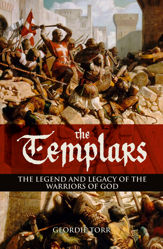

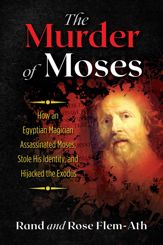









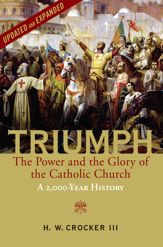


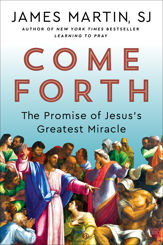




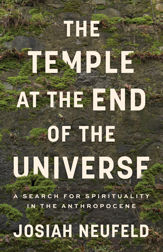


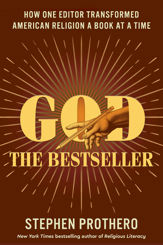


![Anam Cara [Twenty-fifth Anniversary Edition] - 29 Nov 2022](https://ingress-cdn.pressreader.com/imageserver/v1/image/books/2d912be9-c256-496d-b28d-b825494cabc0?width=163)
